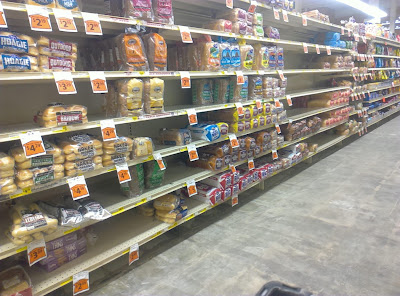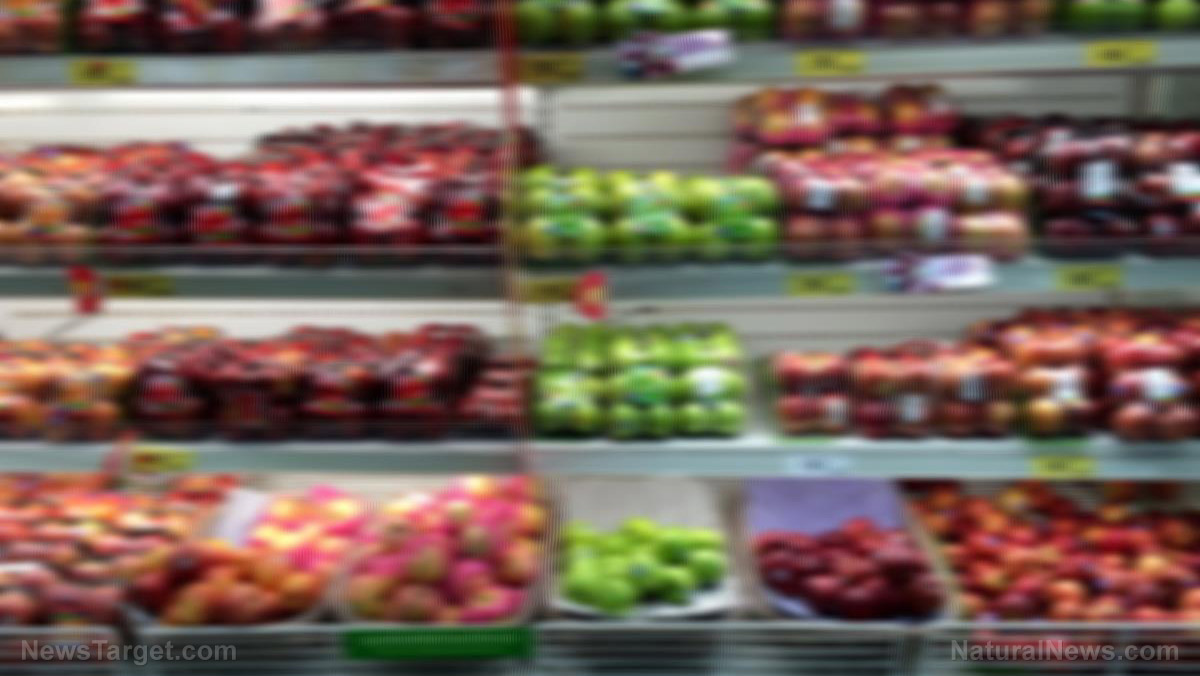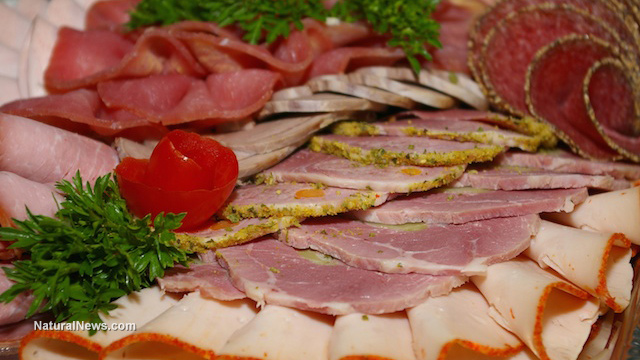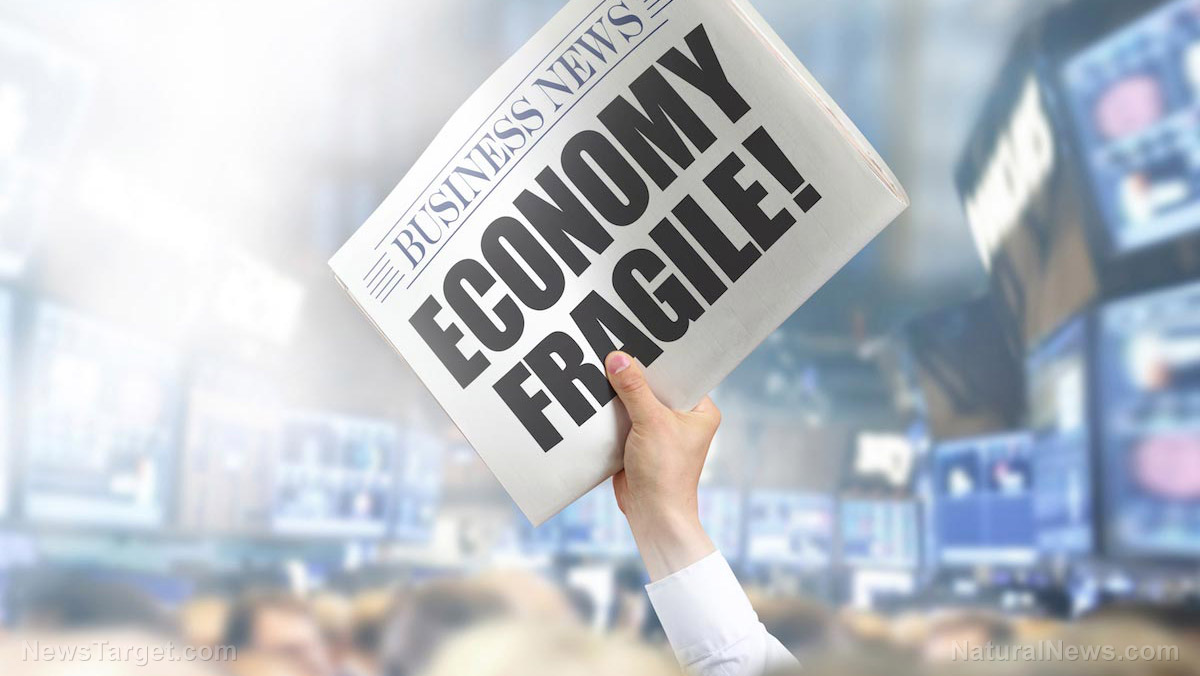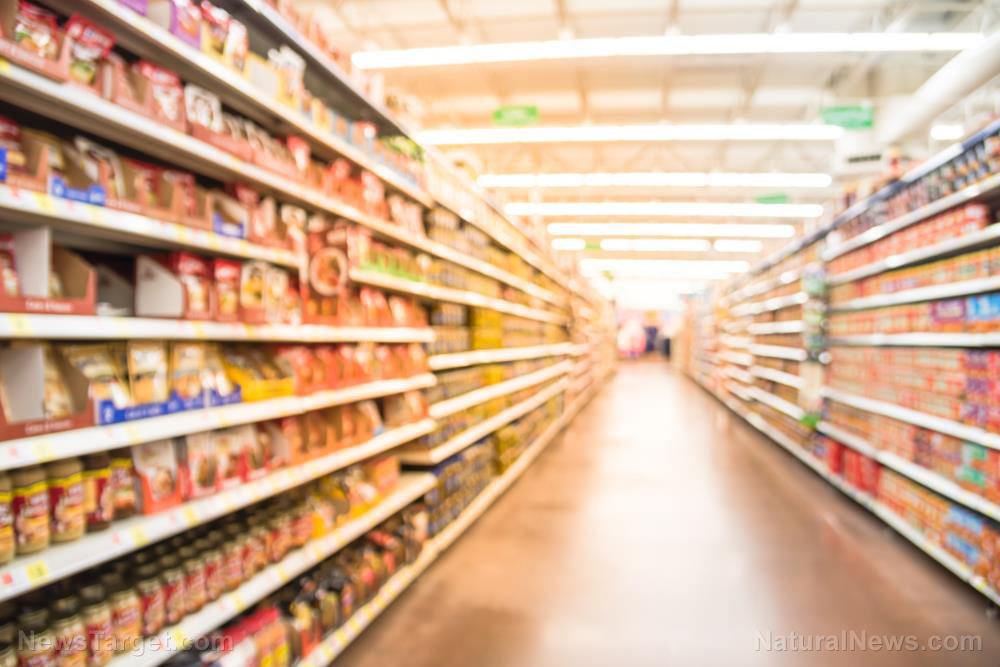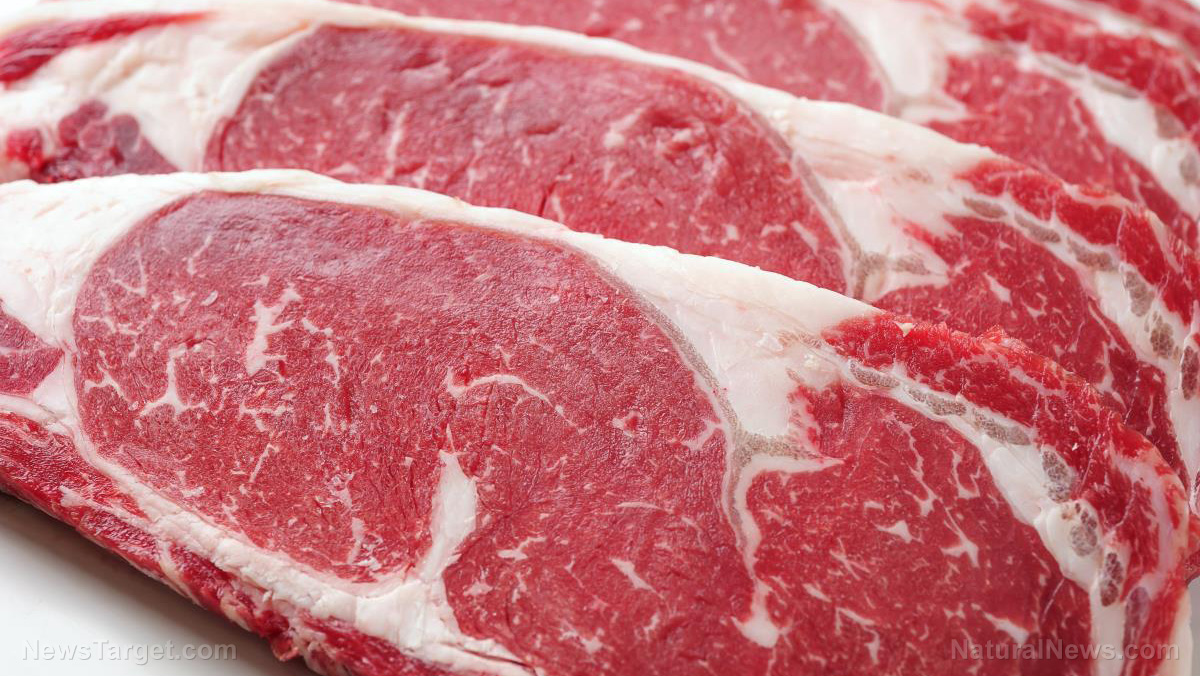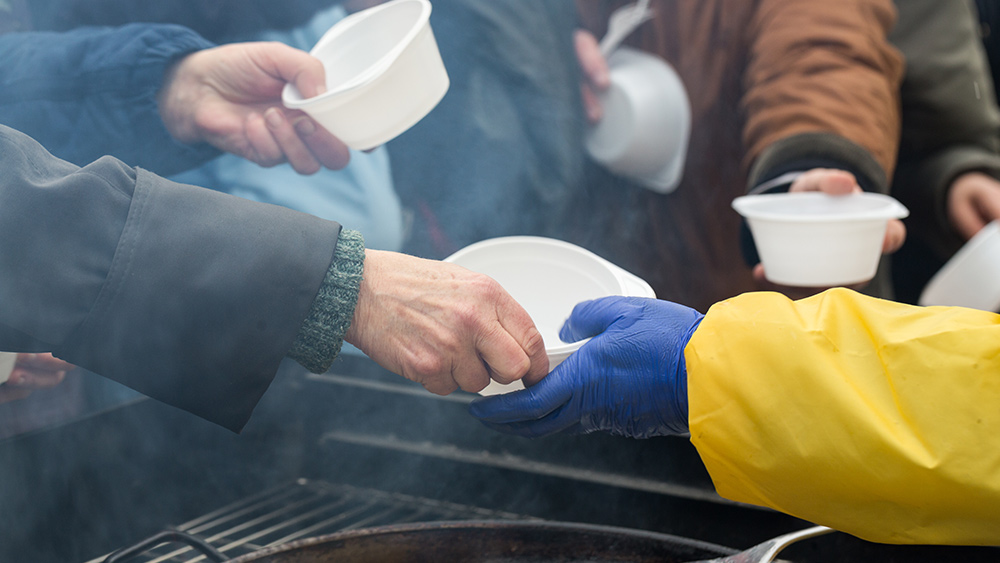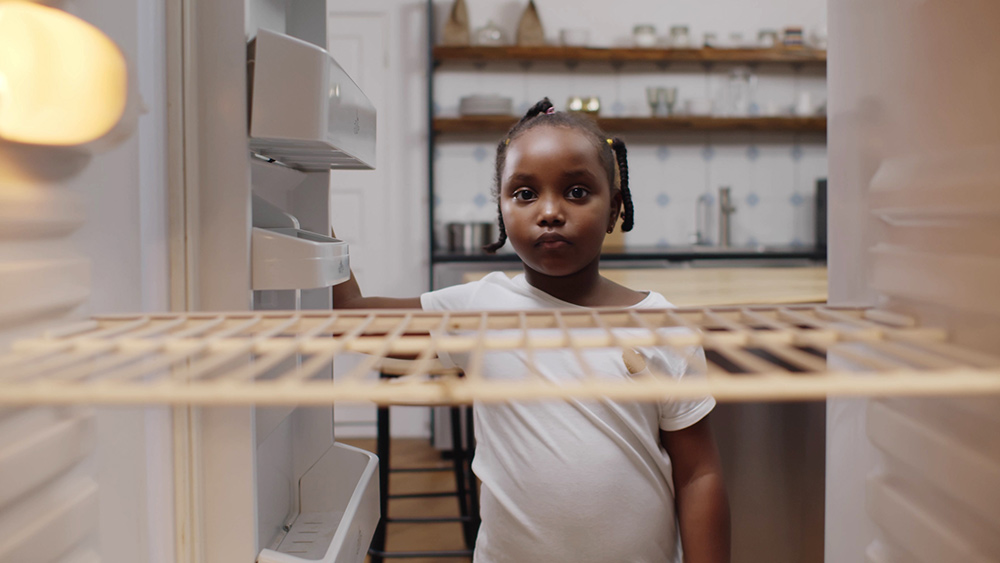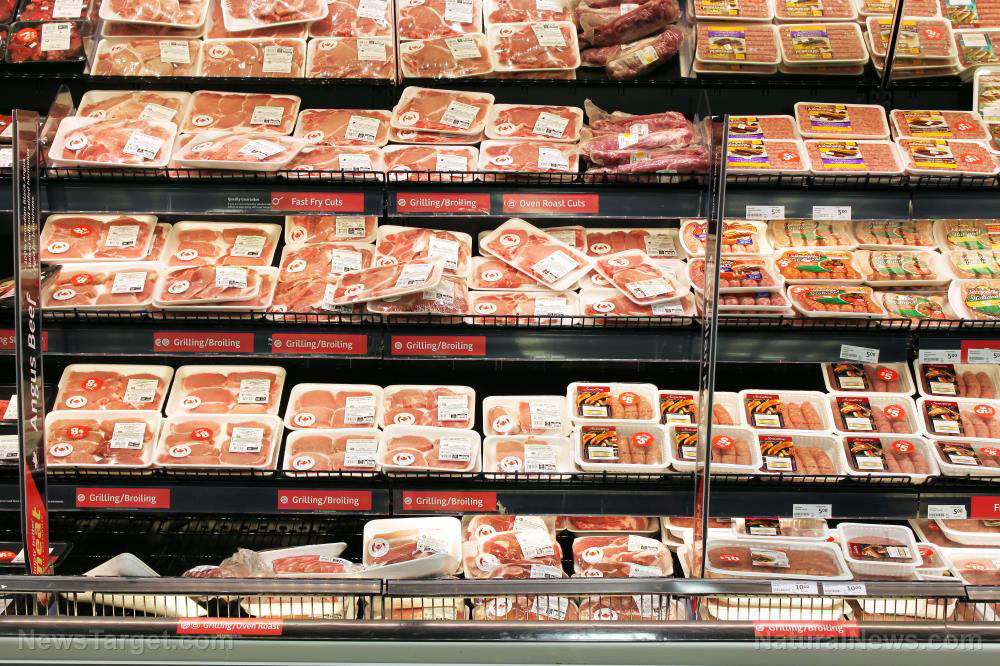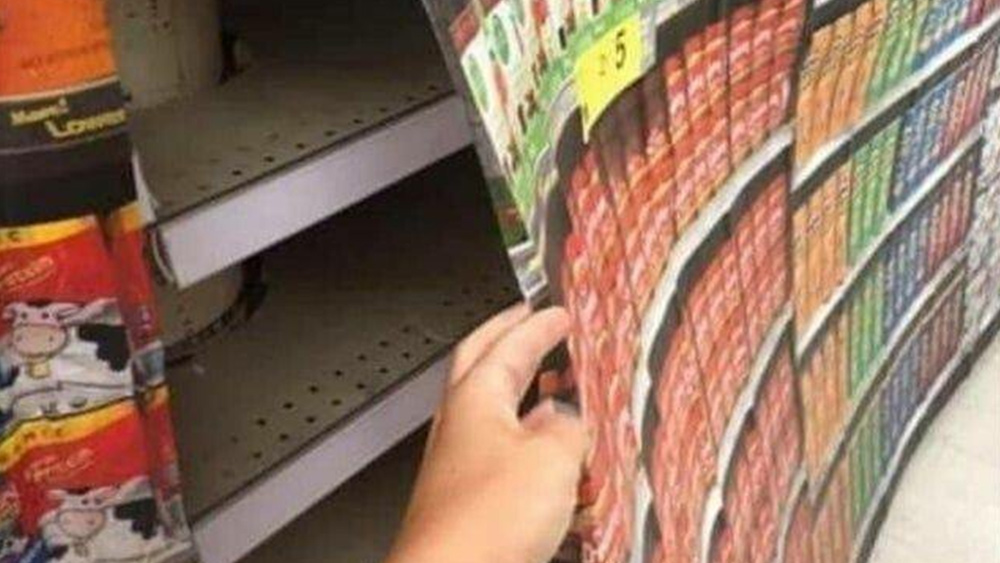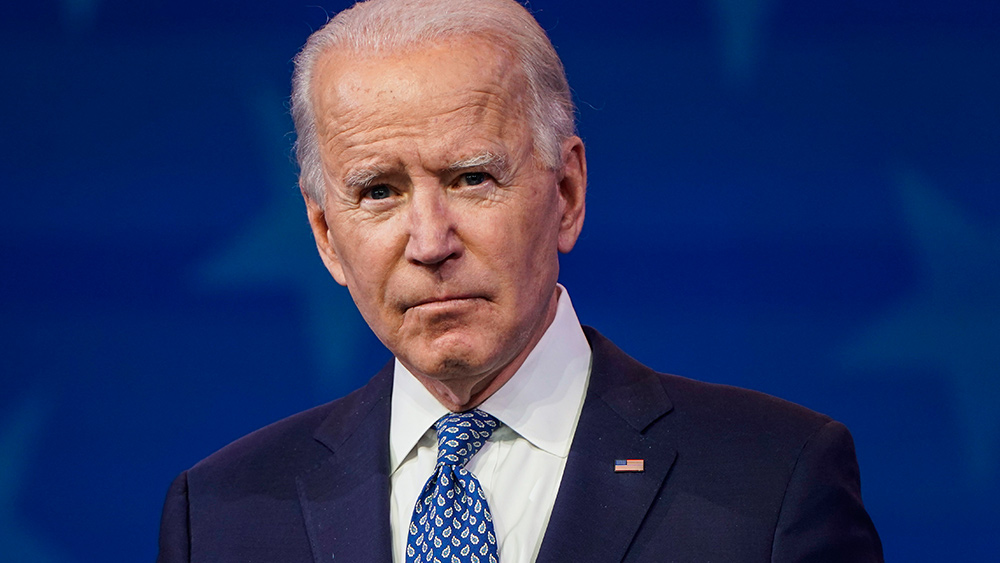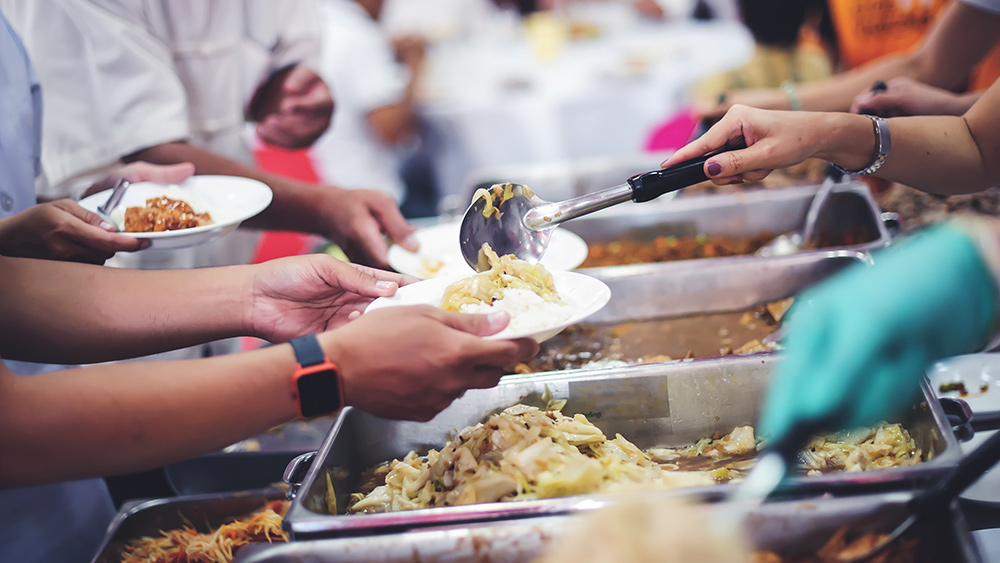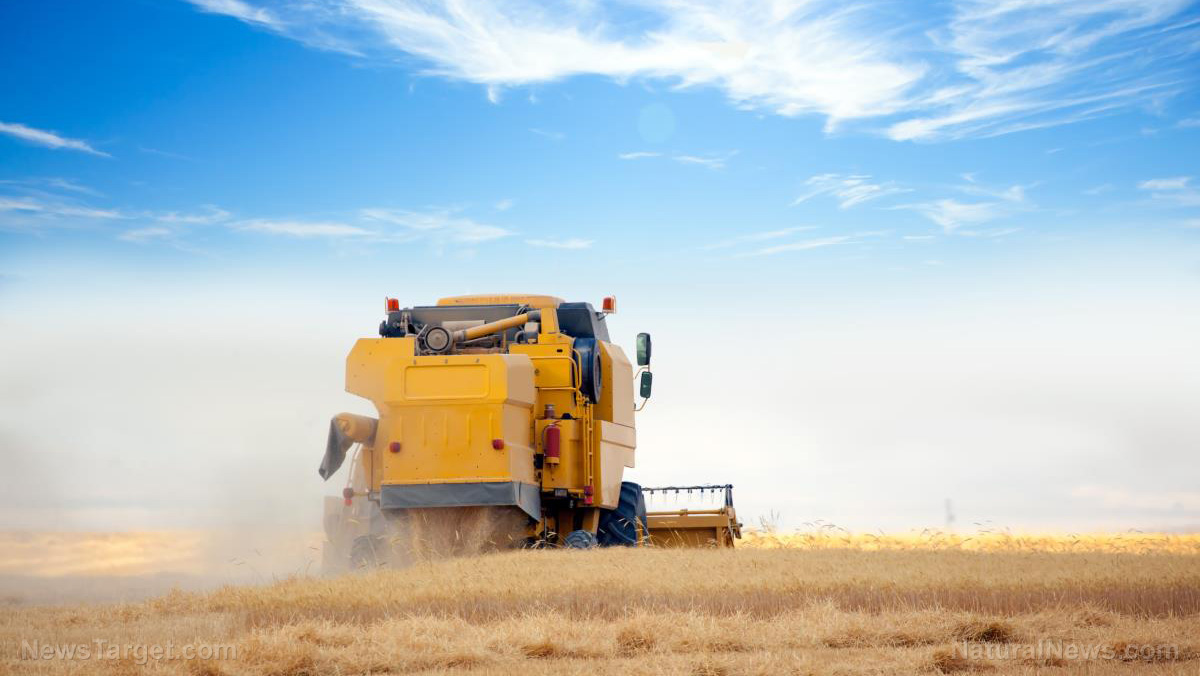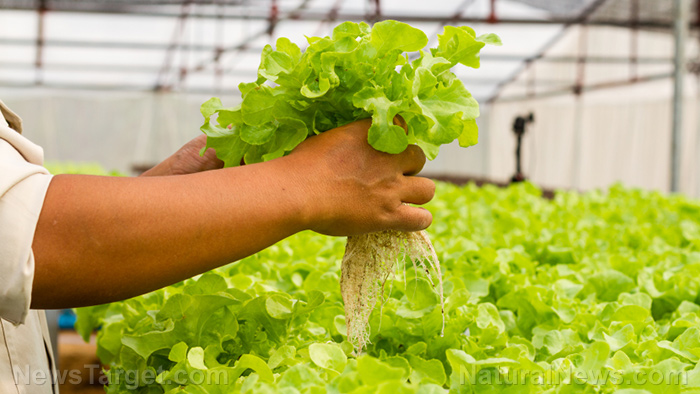Grocers are now stockpiling food supplies ahead of expected inflation, food supply shortages
07/09/2021 / By Ethan Huff
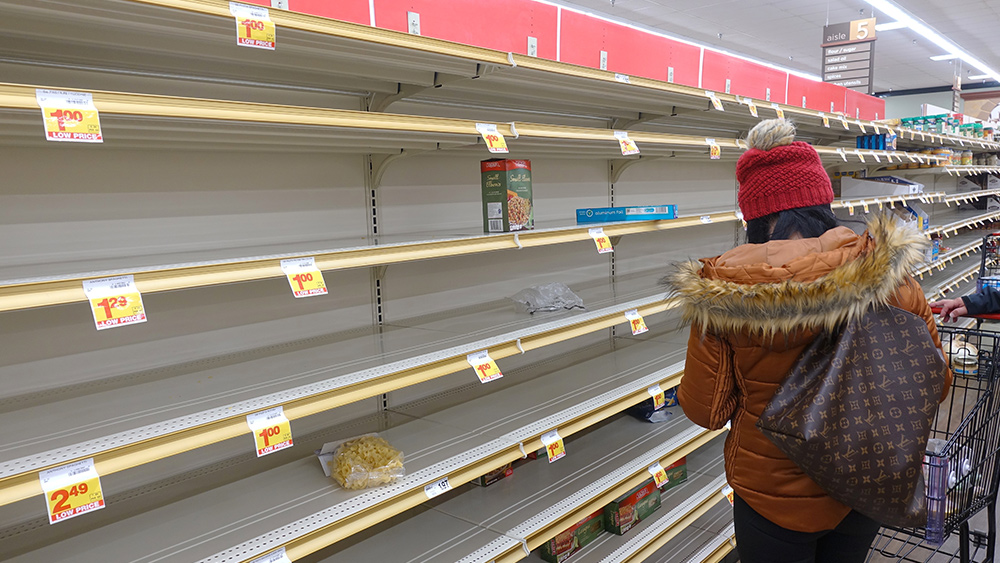
In order to protect profits while ensuring a steady supply of goods moving forward, some grocers are stockpiling food and other supplies as threats of inflation continue to loom.
Frozen meat, sugar and other staple items are reportedly being piled away in order to have enough on hand to stock grocery shelves in the event that they become scarcer, and thus more expensive.
Grocery sales in the U.S. for the week that ended on June 19 were up about 15 percent compared to two years earlier, and 0.5 percent from one year earlier, according to Jefferies and NielsenIQ data.
While the stockpiling effort is purportedly intended to maintain steady supplies in the future, it is having the opposite effect in the short term with increased shortages and unstable daily supplies.
Thanks to the egregiously tyrannical Wuhan coronavirus (Covid-19) restrictions imposed by the government all last year, supply chains are still a mess. This, combined with increased transportation costs, labor pressure and ingredient constraints, is only making the problem worse.
Last year, it was consumers who were hoarding groceries due to media-imposed fear and worry about what the future held in the age of the plandemic. This year, with the plandemic being over, it is now grocers that are hoarding goods to try to keep costs down and protect margins.
“We’re buying a lot of everything,” says David Smith, chief executive officer of Associated Wholesale Grocers Inc (AWG). “Our inventories are up significantly over the same period last year.”
AWG, by the way, is the nation’s largest wholesaler, representing more than 3,000 grocery stores. Recently, the group purchased between 15-20 percent more inventory, mostly packaged foods with a long shelf life.
Used cars, airline tickets also seeing price spikes
Typically when prices begin to rise, food sellers purchase more inventory than they need in an attempt to protect their profit. In a usual year, price volatility usually affects only a narrow cross-section of the market, allowing grocers to make simple adjustments to keep everything running smoothly.
This year, however, price increases are affecting a much broader swath of food and grocery items, presenting new challenges.
Major corporations like General Mills Inc., Campbell Soup Co., and J.M. Smucker Co. are all raising prices due to increased costs, which are then being passed down to consumers.
Shortages of things like beverages and frozen food are already hitting store shelves, and some supermarkets are expecting things to worsen throughout the remainder of 2021 and into 2022.
Besides groceries, other products like used cars and airline ticket are also seeing price surges that are rocking the markets and creating panic.
Grocers are doing their best to keep that front under control, but at some point, it becomes too much to handle. Some retailers are expecting price pressure to ease soon as well, which could reverse this trend and normalize the situation across the board.
“When you have a uniquely inflationary period like now, it’s a feeding frenzy,” warns Tony Sarsam, chief executive officer of SpartanNash Co., a Grand Rapids, Mich.-based retailer and distributor that is stockpiling up to 25 percent more frozen groceries, including meat and boxed food items.
Ahold Delhaize USA is also holding more safety stock, indicated company president Chris Lewis. The supply-chain company is currently holding a much higher inventory compared to last year, including 20 percent more paper and cleaning products.
Knowing how much to stockpile is a complicated mathematical game, so the hope is that supply-chain companies and retailers are doing it right to effectively ride out the storm.
More related news about the current state of the global economy can be found at Collapse.news.
Sources for this article include:
Tagged Under: economic collapse, food supply, grocery shelves, Inflation, Plandemic, shortages, stockpiling, supply chains
RECENT NEWS & ARTICLES
COPYRIGHT © 2017 STARVATION NEWS

